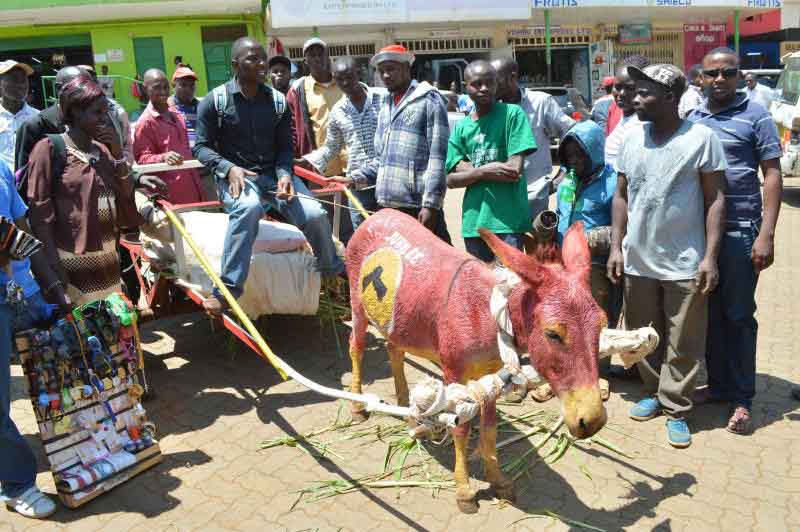×
The Standard e-Paper
Truth Without Fear

Brian Murithi on his Jubilee branded donkey on September 22 2017, at the Meru stage where he amused many with his animal. [Peter Muthomi, Standard]
The use of symbols is an integral part of political campaigns globally. But the use of live animals in political gatherings is now gaining traction.